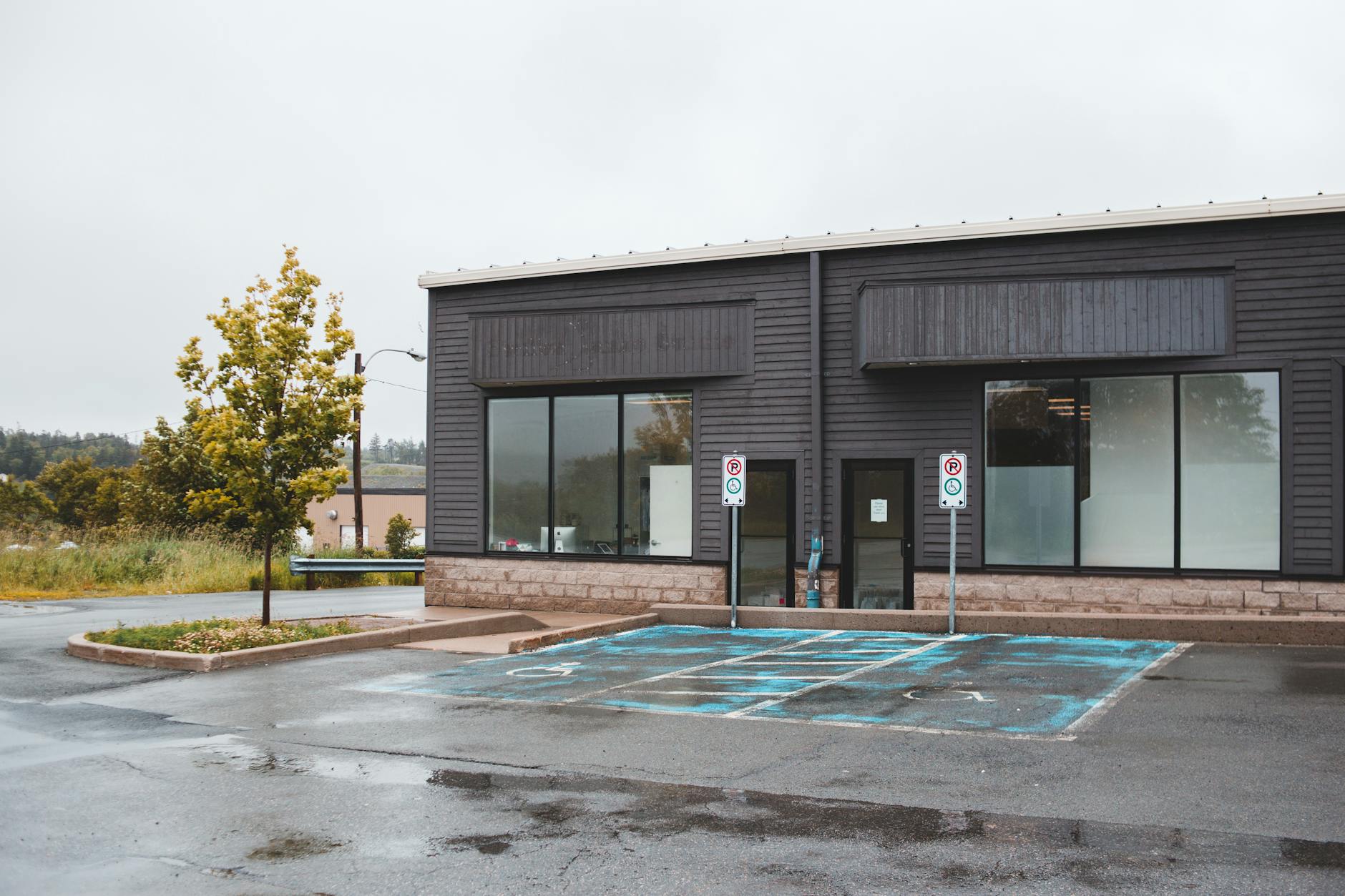How to Navigate Commercial Real Estate Listings for Retail Spaces
How to navigate commercial real estate listings for retail spaces
Finding the perfect retail space is a critical step for any business aiming to establish or expand its physical presence. However, navigating commercial real estate listings can be a daunting task due to the vast amount of available options, varied terminology, and complex market dynamics. Understanding how to efficiently sift through listings, evaluate properties, and negotiate terms can significantly impact the success of your retail venture. This article will guide you through the essential aspects of exploring commercial real estate listings specifically for retail spaces, helping you make informed decisions that align with your business goals. From identifying the right listings to evaluating location and terms, each step is crucial to securing a space that meets your operational needs.
Understanding commercial real estate listings for retail
Commercial real estate listings for retail spaces often differ from residential listings in complexity and detail. Listings include key information such as square footage, lease rates, zoning laws, and property features. When browsing listings, it’s important to familiarize yourself with commercial real estate terminology like Triple Net (NNN) leases, Gross leases, and CAM charges. Additionally, retail spaces can range from small storefronts in strip malls to large spaces within shopping centers, each carrying different implications for traffic, customer demographics, and rental costs. Utilizing professional platforms such as LoopNet, CoStar, or regional commercial real estate websites can provide comprehensive filters that aid in narrowing down options tailored for retail operations.
Evaluating location and neighborhood dynamics
The success of a retail business heavily depends on location. When evaluating listings, consider foot traffic patterns, accessibility, and parking availability. Proximity to complementary businesses or competing retailers can influence your store’s visibility and customer base. Furthermore, understanding the neighborhood demographics and spending behavior is vital. Tools such as census data, foot traffic heat maps, and local business reviews can provide insight into the economic vitality of an area. Additionally, consider future development plans or zoning changes which may either enhance or detract from the area’s attractiveness for retail purposes.
Financial considerations and lease negotiation
Once you’ve identified potential retail spaces, analyzing the financial components is essential. Beyond rent, factor in additional costs including utilities, maintenance, property taxes, insurance, and common area management fees. Commercial leases often include clauses such as rent escalation, renewal options, and early termination fees. Understanding these can prevent unexpected expenses down the line. It’s advisable to consult with a commercial real estate attorney or broker to navigate lease terms effectively. A clear grasp of your budget and flexibility in negotiation can lead to favorable lease structures, potentially including tenant improvement allowances or graduated rent increases.
Using technology and professional expertise
Technology has transformed how commercial real estate listings are accessed and analyzed. Virtual tours, 3D walkthroughs, and geographic information system (GIS) mapping help visualize and assess properties remotely. Additionally, real estate analytics platforms can provide data-driven insights into market trends, rental benchmarks, and competitor activity. Partnering with commercial real estate brokers or consultants brings invaluable expertise, local market knowledge, and negotiation skills. Their guidance can streamline the search process, offer access to off-market listings, and provide strategic advice tailored to your retail business model.
Conclusion
Navigating commercial real estate listings for retail spaces requires a strategic approach combining market knowledge, financial acumen, and the use of modern tools. By first understanding the details embedded in listings and the specific requirements of retail spaces, you can shortlist properties that fit your business model. Evaluating location factors such as foot traffic and neighborhood demographics ensures your store will attract the right customer base. Careful financial assessment and lease negotiations protect your investment and operational stability. Leveraging technology and professional expertise enhances decision-making and uncovers opportunities that might otherwise be overlooked. Ultimately, a well-informed, methodical approach to commercial retail space selection maximizes your chances of securing a successful location that supports long-term business growth.
Image by: Erik Mclean
https://www.pexels.com/@introspectivedsgn
editor's pick
latest video
news via inbox
Nulla turp dis cursus. Integer liberos euismod pretium faucibua

